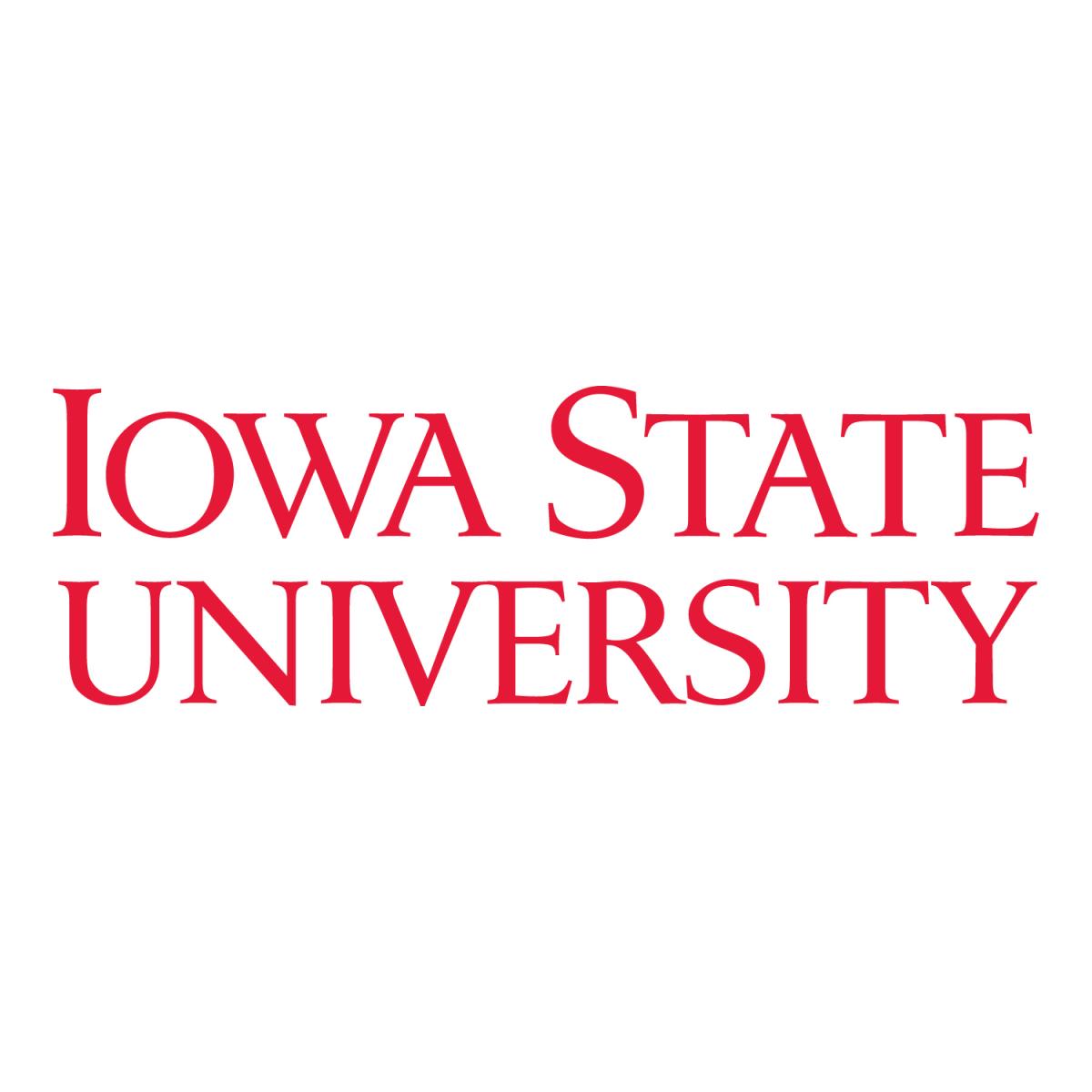Organic vegetable farms are wildly diverse, producing on average about seven different crop species at a time, and as many as 70! These diversified organic farms can have cascading benefits to the soil, birds, bees, and even local economies. However, diversified organic farmers face challenges in reliably producing some crops due to the escalating instability caused by climate change-induced extreme weather events and pressure from pests and diseases. To help them overcome these challenges, researchers are investigating protective row covers -fine-mesh netting barriers- as a dual solution to pest and climate challenges for fruits and vegetables on diversified organic farms.
Research will focus on protection of squash and melons, cabbage and broccoli, and eggplant
Overall Aim
To equip farmers with improved tools for adapting to the emerging challenges of this new reality, a $3.5 million grant from the USDA Organic Agriculture Research and Extension Initiative (OREI) program awarded to researchers at the University of Kentucky Martin-Gatton College of Agriculture, Food, and Environment. The funding will support diversified fruit and vegetable operations that serve local and regional communities across the Southeast, Midwest, and Northeast. Across these regions and the U.S., fresh, local produce accounts for nearly 40% of all organic food sales and organic food retail sales were estimated at $52 billion in 2021 (Source: USDA). However, it is not so easy for farmers to continually meet this growing demand.

Main Project Objective
Innovating with protective barriers to enhance crop resilience
The collaborative project, "Expanding Resilient Climate and Pest Protection Systems for Diversified Organic Specialty Crop Producers,” also involving researchers from Cornell University and Iowa State University, aims to advance organic fruit and vegetable production in the Southeast, Midwest, and Northeast regions of the United States by exploring the use of protective row covers. The goals are to identify which vegetable crops gain the most benefit from using row covers and to develop strategies for integrating row cover in diversified vegetable rotations to maximize the benefits received from this investment. Additionally, the team seeks to address challenges with the implementation of row covers, for instance how to control weeds and cost-effectiveness for small, mid-sized, and large vegetable operations.
Researchers are studying protection from pests and extreme weather events
For each region, researchers will showcase the most profitable strategies for using row covers on key sets of crops in order to improve produce quality and meet future production demands. The ultimate goal for the project is to empower thousands of growers and educate millions of consumers about the benefits of protective row covers and their role in sustaining the organic specialty crop industry.
Project Approach Assessing
Assessing the viability of meso tunnels on farms
Researchers will assess the benefits of protective row covers on a wide variety of crops planted across the growing season, including kale, broccoli, cabbage, squash, melons, green beans, peppers, and eggplant. The project aims to seamlessly integrate the protective netting into organic vegetable rotations, maximizing quality and increasing farmer profits. Researchers will use climate data loggers and mini weather stations to track the benefits of row covers in the face of rising temperatures and extreme weather events that occur across this four-year project. Agricultural economists on the team will evaluate the costs associated with row cover usage and pinpoint which row cover strategies best increase revenue and outweigh the upfront costs.
Balancing environmental concerns and plastic usage in protective netting systems
Plastic use is a growing concern in our food system, from the plastics used in the fields to the packaging around your microwaveable dinner. In the field, organic farmers are dependent on some plastics to reduce water use, restrict weeds, increase food safety, and, in the case of protective row covers, decrease organic pesticide use. Protective row covers are made of plastic polymers, like those used in t-shirts or skinny jeans, but we know little about the risks associated with these types of plastic uses. To address this, researchers will explore these risks and use surveys and interviews to understand the perceptions of organic farmers, consumers, and industry around this practice.
Extending knowledge learned to farmers, consumers, and industry
The project will communicate new findings regarding protective row covers to farmers, consumers, and industry through national outreach efforts. Organic farmers and industry leaders will guide research and outreach through an advisory panel and contribute to farmer-led demonstrations, research field days, winter conference presentations, and webinars. The research and extension teams will also produce educational materials that will be broadcast through extensive video series, infographics, and publications on the website: Crops Under Cover! Finally, many home gardeners struggle with the same fruit and vegetable pests as organic producers and row covers can work even better in your backyard! The research team will highlight innovative strategies for using protective covers in garden beds for the organic home gardener, urban farmer, and homesteader.
For more information visit outreach website: Crops Under Cover!
Project timeline and next steps
The project commences in 2024 and will continue for four years:
Year 1:
-
Field experiments and seasonal crop rotations to test the effectiveness and profitability of the row covers will take place.
-
Communicate benefits and overall findings of the project to farmer, public and industry through national outreach.
Year 2:
-
Field experiments continue.
-
National organic grower survey evaluating the perceptions of protective row covers.
-
Communicate benefits and overall findings of the project to farmer, public and industry through national outreach.
Year 3:
-
Field experiments continue.
-
Farmer interviews regarding perceptions and adoption of protective row covers. Consumer willingness-to-pay study to understand organic consumer preferences.
-
Communicate benefits and overall findings of the project to farmer, public and industry through national outreach.
Year 4:
-
Communicate benefits and overall findings of the project to farmer, public and industry through national outreach (e.g., social media videos, farmer-lead demonstrations, research field days, winter conference presentations, and webinars) using stakeholder and extension contacts to produce educational materials (e.g., fact sheets, video series, and publications) for wide distribution.

